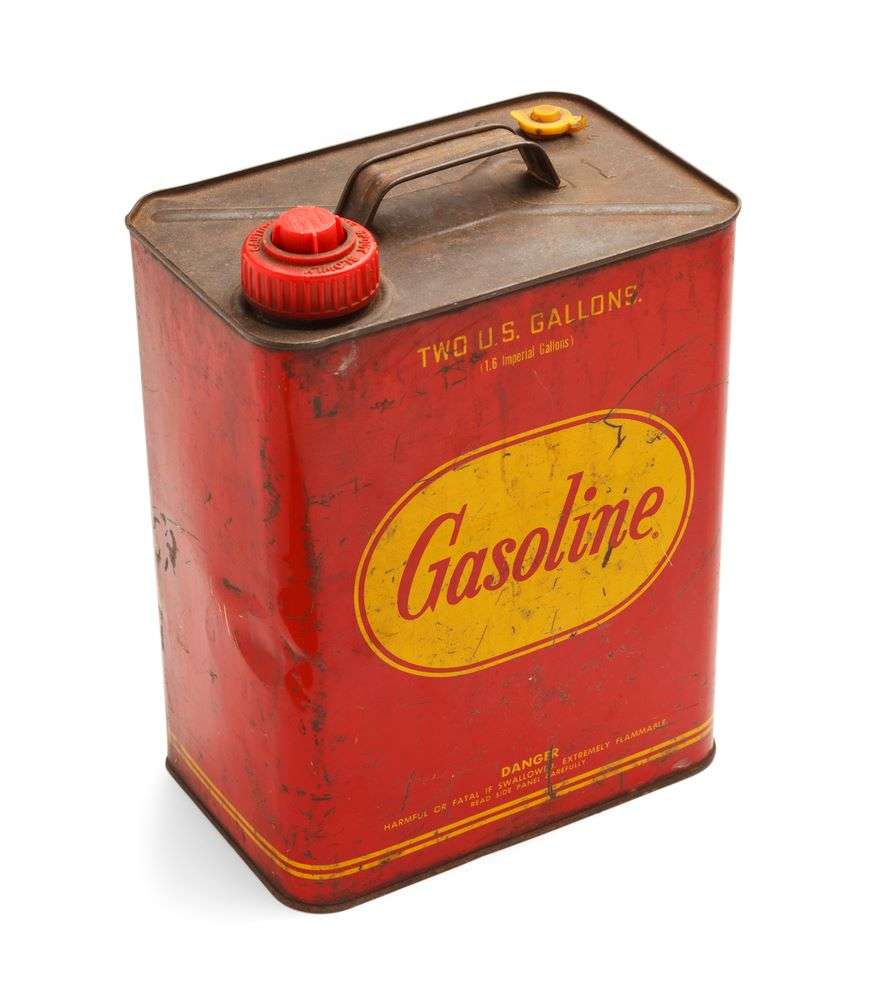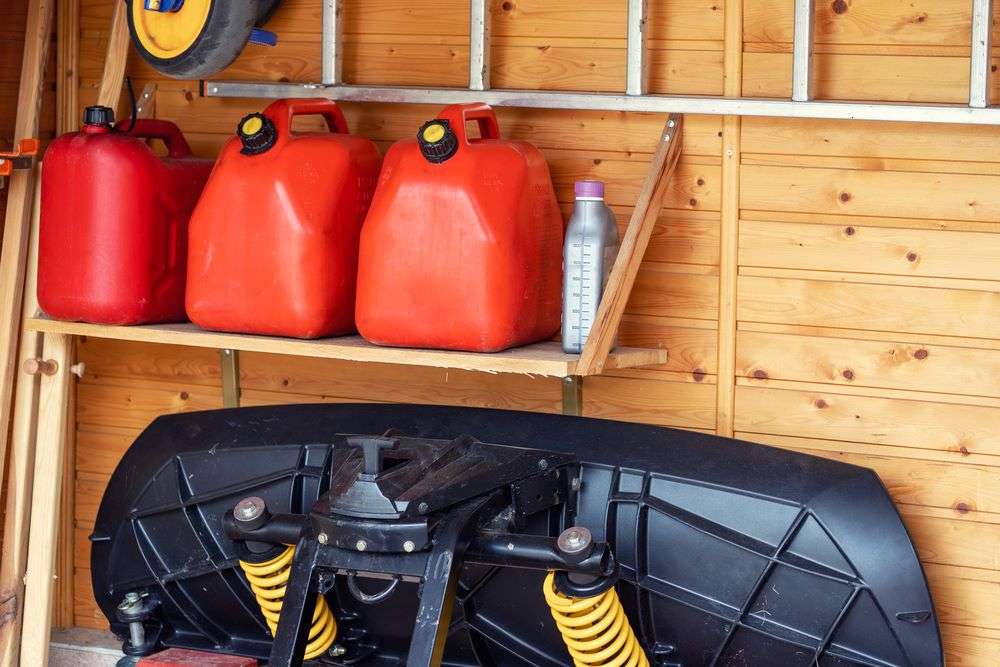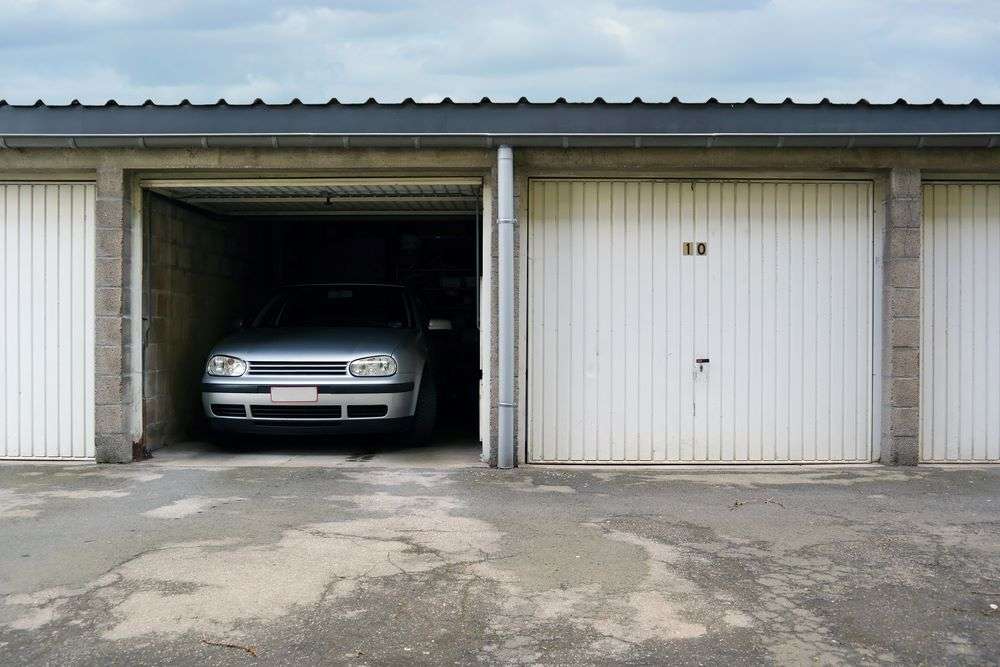Last Updated on January 31, 2023 by Paul S.
Going to be away from your vehicle for some time? While there are some concerns about leaving your vehicle unattended don’t forget that your gas can get old. When you get back to your car you don’t want any surprises. You can only let gas sit in your car for so long.
Gasoline life expectancy can vary per type of gasoline. Regular gasoline can be expected to survive around three to six months. If you have diesel sitting in your vehicle it can be expected to last up to a year.
Read on to learn more about gasoline and what to do if it does go bad.
Table of Contents
Why Does Gasoline Go Bad
Within its shelf life gasoline is exposed to oxygen and this causes the gas to lose its ability to combust. Combustion is the key to making your engine or any engine run. Without it, there is no go in your vehicle.
Gasoline loses its ability to combust by the chemical process called oxidation. Oxidation causes gas to produce water, acids, and peroxides. These do not combust well in the engine’s environment.
Other common instances of oxidation are when metals rust, fruit turns brown or your favorite wine turns bad. Oxidation is all around us.
Another reason that gasoline can go bad is the ethanol that is mixed in with gas. Ethanol has the properties to absorb water and in many cases, it will absorb moisture from the air. This causes a separation between ethanol and petroleum which your engine will have trouble combusting. Think about the process like seeing olive oil and water.
Can I Use Old Gas In My Car

It is typically recommended to avoid old gas as much as possible. When your engine consumes old gas it can cause damage to the internal part of the engine. Your fuel lines could start to rust and your filter and fuel pump could be affected as well.
If you do use it, your engine could take longer to start if it does at all! If your car is able to start you will lose fuel and power efficiency.
Get some new gas in there as soon as possible!
How To Remove Old Fuel From Car
If you want to avoid any issues with your engine remove as much of the gas as possible. You could have a mobile mechanic remove the old gas sitting in your car or DIY it!
If you decide to DIY it here is a quick run down on how to do it.
I am sure I don’t need to say this but don’t try and use your mouth to siphon out gas like in the movies!
- You will need a siphon pump, an approved storage device for gasoline, and most likely a towel to clean up any spills. If you have any major spills you can use kitty litter to soak up the gas, but get to it as soon as you can because it can kill your plants or grass and is a fire hazard.
- Place towels under your gas tank opening and the gas storage device.
- Open your gas lid and screw off the cap
- Put the tube of the siphon pump into the gas tank and feed it as far as you can. You should feel that you can’t push it in any further.
- Place the outlet of the siphon into the approved gasoline container.
- Pump the siphon using your hands until the gasoline does not flow out of the car tank anymore.
- Carefully remove the siphon out of the car and ensure you have pumped all of the gas out of the siphon.
- Place the caps on both the car tank and the storage device.
- Clean up any spills.
The siphons are cheap, but gas tanks for a large fuel tank could prove to be a little more expensive. If you are able to tow your vehicle to a mechanic it may be cheaper than to DIY. If you have a storage tank readily available then DIY is your cheapest option.
How Long Can Gas Be Stored

Gas can be stored in storage containers for the same amount of time it can last in your gas tank, three to six months. The oxidation and moisture absorbing process will still take place whether in your car or outside of it.
How To Store Gas Cans Outside
If you are storing it outside, make sure to have the tank completely sealed from the outside. Having it exposed even slightly to the elements could increase its oxidation. Plus organic material could get mixed in that could cause harm to your engine if used.
Ensure the storage tank is approved for gasoline use. Typical tanks are made from steel, aluminum, plastics, or even fiberglass. Approved tanks will contain notifications that they were tested by the Underwriters Laboratories (UL) or Factory Mutual (FM). These two agencies carry out tests that have been performed on the product to meet certain standards for safety.
If you use tanks that not have been approved for gas there could be bad consequences. Plastics in various forms are not compatible with gas and it could degrade the plastic. This could lead to other dangerous situations. That is why you are only allowed to store a certain amount of gas in your household. Spilling is also a concern so the tank must be able to be sealed properly even if knocked over.
Other storage devices might not be strong enough to withstand the forces of the gas. Gas will expand and contract with temperature changes.
For some more information about the safe storage of gasoline check out the American Petroleum Institute website.
Storing Gas for your 4×4 Vehicle
If you are storing the gas on your 4×4 vehicle there are many approved jerrycans or containers available. You can strap them to the OUTSIDE of your vehicle to be ready for emergency situations.
It’s best to label the cans or put a reminder on your phone to use them before they start to get old. Once you get to a gas station use the gas for your vehicle and refill the containers if you are headed back to the wilderness!
How To Keep Gasoline From Going Bad
While you can’t do much here are some tips to maintain its shelf life.
- Always label the gas once it has been stored. If it is in your vehicle perhaps make a note on your phone and on your calendar and provide a reminder every month so you don’t forget about it.
- Store the gas in an approved tank or container.
- Store that gas in a cooler environment that doesn’t see too many temperature swings. If you can keep it in a low oxygen environment that would be best but very difficult.
- Add a fuel stabilizer before storing the gas or your vehicle. The fuel stabilizer will combine with your gas and prevent evaporation, oxidation, and absorption of water.
Conclusion – How Long Can Gas Sit In A Car
If you drive your car daily or even weekly how long the gas sits in your car is not an issue. But if you don’t need to drive or start taking long business or vacation trips then you should start to pay attention to the last time you filled up. For most people, it shouldn’t be a concern but it’s always good to understand the shelf life of gasoline.
Check out our post about why premium is better for some vehicles.
Why Is Premium Gas Better?
Last Updated on March 26, 2023 by Paul S. You pull up to the gas pump and see regular/unleaded, mid-grade, and premium gas ready for your selection. I think most…


